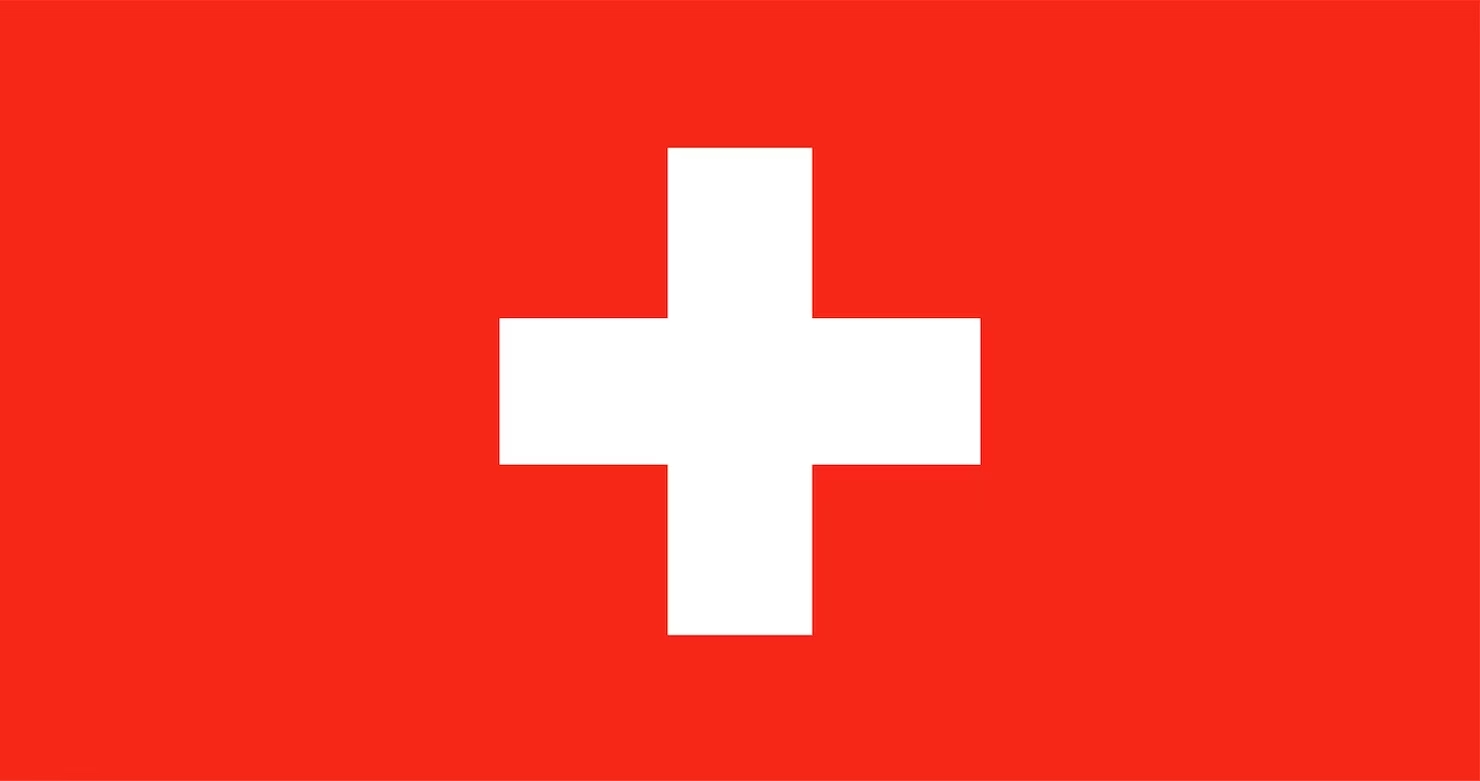Übersetzung in Arbeit
The Republic of Armenia is an industrial-agrarian country with a population of 3 million people, which has made significant economic progress over the last 5 years. Macroeconomic indicators remain stable due to effective budgetary policy, growth of foreign trade turnover, and development of small and medium-sized businesses.
Investment potential of Armenia
The strengthening of the country's geopolitical position in the international arena opens up new opportunities for co-operation with the European Union and the US in the field of investments, start-ups and innovations. Venture capital funds place high bets on technology companies, the agricultural and private sectors in Armenia.
The Republic has significant reserves of mineral resources (gold, copper, molybdenum, zinc), a foreign exchange reserve, and a flexible exchange rate of the national currency (dram). The state government demonstrates readiness to reform the legal system, fight corruption, and expand competition. The regulator's goal is to increase the share of investment in GDP to 25% by 2026, direct investment abroad to 6%.
In 2022, Armenia's economy showed exceptional growth unparalleled in the last 15 years (GDP +12.6%). This was mainly due to the inflow of migrants from Russia, which allowed to increase consumer demand, imports of foreign currency proceeds, gave impetus to the development of information technologies, services, and construction. In early 2023, Armenia became an IDA donor for the first time in 9 years of participation in the programme.
Armenia's economic outlook
According to the estimates of the Ministry of Economy of Armenia, the country's GDP will grow by 7% by the end of 2023 and by 5.5% in 2024. The average annual inflation rate in 2023 was 4%, which is 4.6% lower than in 2022 (8.6%). In 2024, according to preliminary forecasts, the rate will accelerate to 5.5%. Public debt has reached a historic low of 49 %. GDP per capita in 2023 was $8200. Consumer demand, the main driver of GDP (70%), may decline slightly in 2024, provided inflation accelerates and the current Central Bank rate.
Switzerland is the second largest importer of Armenia and the eleventh largest exporter of goods to Armenia. The Armenia-Switzerland Businessmen's Association was established in Armenia in 2012 and the Swiss-Armenian Chamber of Commerce in Baar in 2017.
Development prospects
According to experts' forecasts, Armenia's economy will demonstrate steady growth over the next 3 years. This will be facilitated, among other things, by the EU financial support within the framework of the Comprehensive Partnership Agreement.



